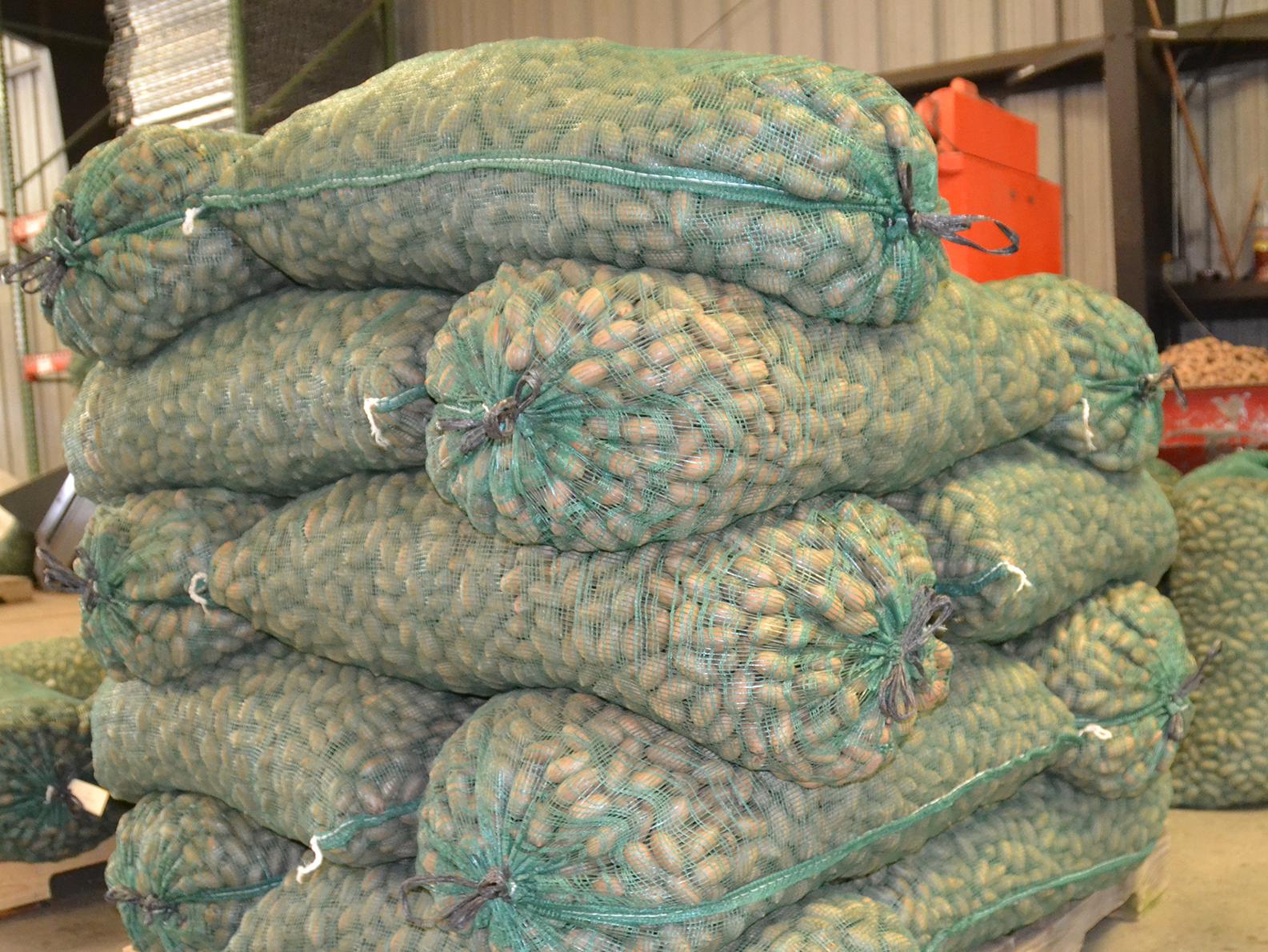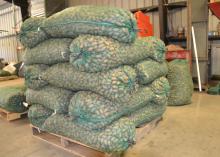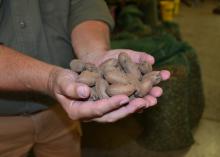Information Possibly Outdated
The information presented on this page was originally released on October 27, 2017. It may not be outdated, but please search our site for more current information. If you plan to quote or reference this information in a publication, please check with the Extension specialist or author before proceeding.
Strong demand fuels interest in pecan trees
POPLARVILLE, Miss. -- As the time for pecan harvest approaches, some Mississippians are contemplating adding new orchards or expanding or renovating old ones.
Eric Stafne, fruit and nut crops specialist with the Mississippi State University Extension Service, said growers want to capitalize on the demand for pecans, which is increasing domestically and overseas.
“Many orchards across the state have been neglected. In some cases, new owners or managers want to know how to return them to production. Renovating takes a lot of effort and may depend on the varieties and density of the existing orchard,” Stafne said. “Most likely, the orchards will need to be thinned, fertilized and pest controlled for some time before trees can recover from neglect.”
Stafne said returning old trees to production may take a lot of money up-front and in the future.
“Older varieties will always need more spraying. Even varieties that were at one time resistant to the pecan scab fungus, may no longer be effective and may be susceptible to new problems, too,” he said.
Stafne, who works at the MSU South Mississippi Branch Experiment Station in Poplarville, said renovation efforts begin with performing soil tests and responding to the recommendations. Growers should also test the trees for their nutritional needs.
“Pecan orchards need to be fertilized every year. It will take time for the trees to recover from deficits,” he said. “Growers should test the soil once every three years or so. Commercial growers should test the trees more often -- at least every other year.”
A homeowner who wonders why the lone pecan tree in his or her yard is not productive needs to understand the birds and the bees -- and the wind.
“Pecan trees need cross-pollination from other nearby pecan trees to be productive,” Stafne said.
Max Draughn of Raymond is president of the Mississippi Pecan Growers Association. He said many growers are also interested in planting new orchards or expanding existing orchards. There are many good varieties available now, but the newer ones may be harder to find because of the nationwide expansion.
“Growers first need to decide what they want to do with their pecans,” Draughn said. “Will the pecans be for personal use, retail or wholesale? Once that is determined, we can talk about varieties and equipment needs.”
Draughn said most people do not realize how much work goes into producing pecans. After nuts appear, growers spend the next six months battling weather, insects and diseases.
“Hobby orchards are best for low-input varieties with minimal spraying needs,” he said. “Some other varieties may need 15-18 sprays throughout the growing season. Those are higher yielding varieties that are better for commercial production. They will require more management, equipment and labor.”
For commercial purposes, growers should not plant less than 40 acres of trees, Draughn said. The best profit potential begins around 200 acres.
Harvest in Draughn’s orchards near Raymond is significantly ahead of pecan orchards in the Delta and on the coast.
“We have a heavy crop this year, with more than 100,000 pounds harvested by the middle of October,” he said. “Quality will be better this year than last year when the late drought hurt pecans in their final weeks of development.”
Draughn said wholesale prices for unshelled nuts range from lows of 80 cents to $3.50 per pound, depending on the size and quality.





